Opeyemi Osakuade
Do Discrete Self-Supervised Representations of Speech Capture Tone Distinctions?
Oct 25, 2024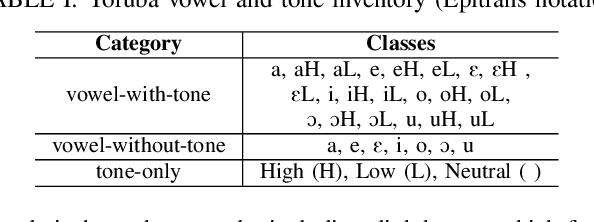
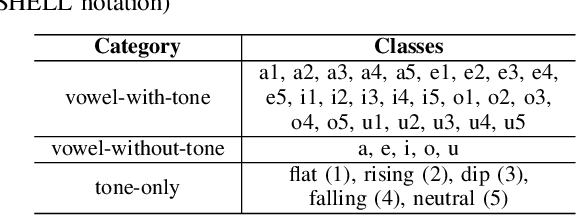

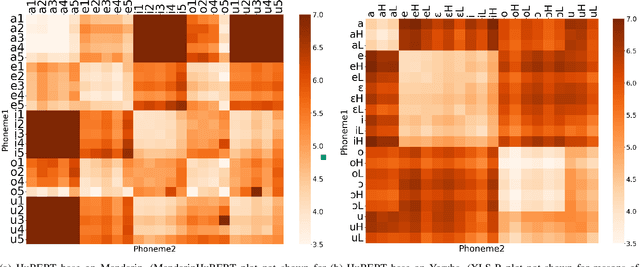
Abstract:Discrete representations of speech, obtained from Self-Supervised Learning (SSL) foundation models, are widely used, especially where there are limited data for the downstream task, such as for a low-resource language. Typically, discretization of speech into a sequence of symbols is achieved by unsupervised clustering of the latents from an SSL model. Our study evaluates whether discrete symbols - found using k-means - adequately capture tone in two example languages, Mandarin and Yoruba. We compare latent vectors with discrete symbols, obtained from HuBERT base, MandarinHuBERT, or XLS-R, for vowel and tone classification. We find that using discrete symbols leads to a substantial loss of tone information, even for language-specialised SSL models. We suggest that discretization needs to be task-aware, particularly for tone-dependent downstream tasks.
Sign-to-Speech Model for Sign Language Understanding: A Case Study of Nigerian Sign Language
Nov 02, 2021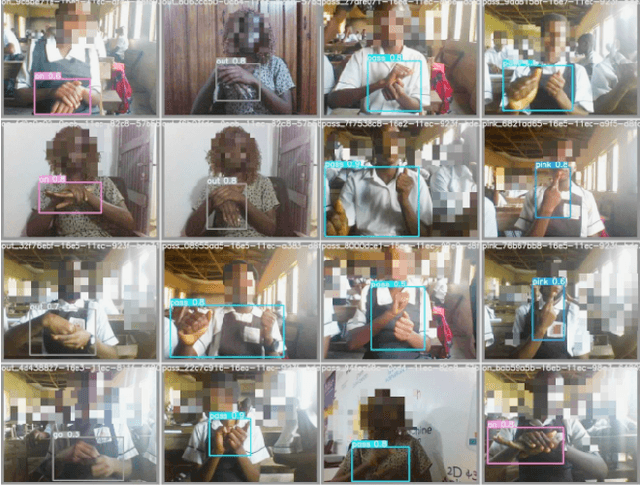

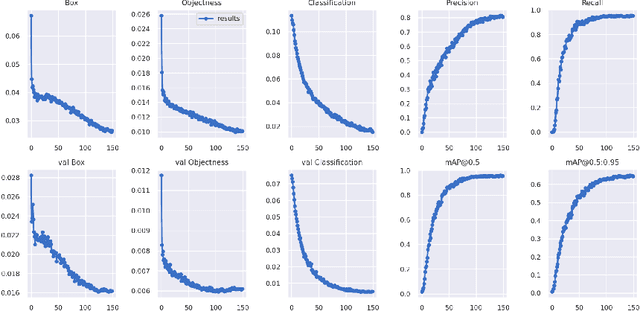
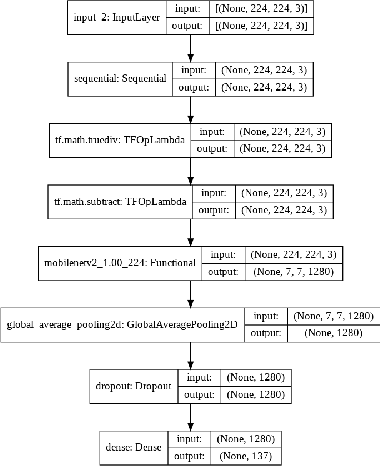
Abstract:Through this paper, we seek to reduce the communication barrier between the hearing-impaired community and the larger society who are usually not familiar with sign language in the sub-Saharan region of Africa with the largest occurrences of hearing disability cases, while using Nigeria as a case study. The dataset is a pioneer dataset for the Nigerian Sign Language and was created in collaboration with relevant stakeholders. We pre-processed the data in readiness for two different object detection models and a classification model and employed diverse evaluation metrics to gauge model performance on sign-language to text conversion tasks. Finally, we convert the predicted sign texts to speech and deploy the best performing model in a lightweight application that works in real-time and achieves impressive results converting sign words/phrases to text and subsequently, into speech.
 Add to Chrome
Add to Chrome Add to Firefox
Add to Firefox Add to Edge
Add to Edge